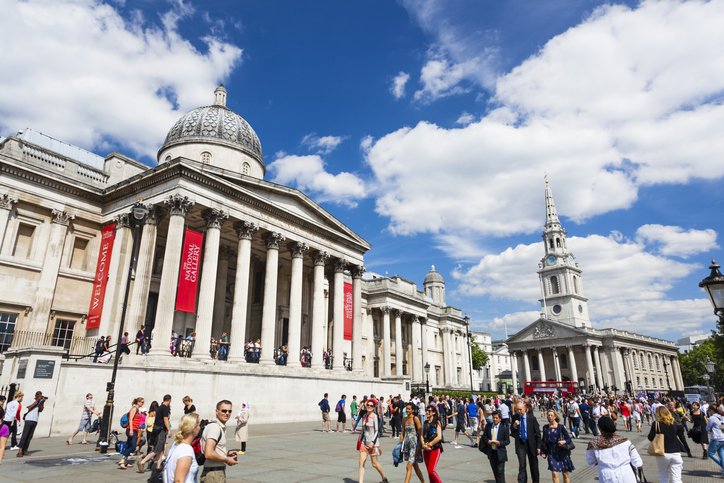The Employment Tribunal (ET) has ruled that 27 former employees of the National Gallery should have been classified as workers, rather than self-employed contractors.
This means the claimants, who stopped working for the gallery in October 2017, should have had access to employment rights such as holiday pay, sick pay, a workplace pension and maternity pay.
The judge said: “It is unreal to describe the dealings between the parties as transactions in which the gallery stood as the client or customer of any business undertaking carried on by any of the lead claimants. In short, the claimants worked for the gallery as members of its team of educators.”
The law firm stated that it believes that this is the first employment status case to have included a public sector organisation rather than a private sector one.
Marie van der Zyl, partner at Ince Gordon Dadds, who represented the claimants, said: “This is an important case for all those who have unconventional working arrangements. The world of work is changing and there will be many individuals who are unsure of their status and rights. This case gives those individuals hope.”
Neil Tonks, legislation expert at MHR, said the case was "another example of how the evolving workplace and new agile models of working have left many workers seeking clarity about their employment status".
He added: “Having paid their taxes through the organisation’s payroll, the judge has ruled that the claimants shouldn’t have been classified as freelancers, but rather workers who should be entitled to benefits, including paid holiday and sick pay.
“It will be interesting to see if the rights are backdated, as this could have serious cost implications for the Gallery.”


